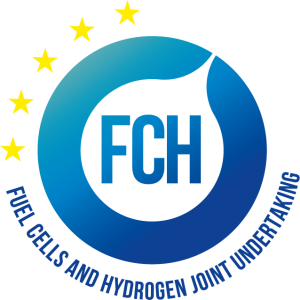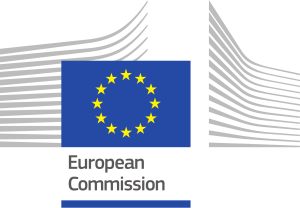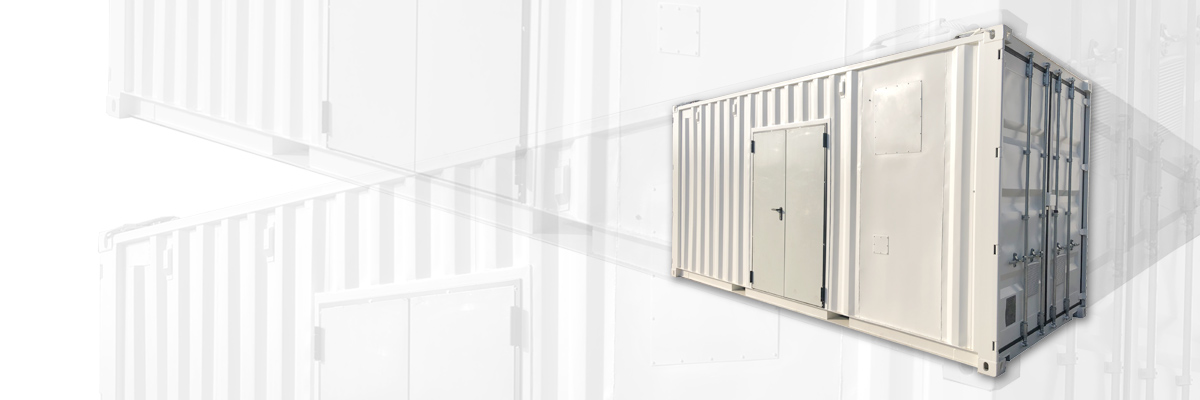
Why containerized Hydrogen Fuel Cell Power Plants make sense?
With the implementation of green energy alternatives and energy storage, there has been an increasing trend in using containerized solutions in those technologies that allow it. And not only Hydrogen PEM power plants, but many technologies have also joined this trend. One main reason for this is the great appeal of the “plug&play” philosophy, highly appreciated by the purchaser of the technology. But there is more than that for why a containerized Hydrogen Fuel Cell Power Plants make sense, and we would like to share it with you.
Scalability
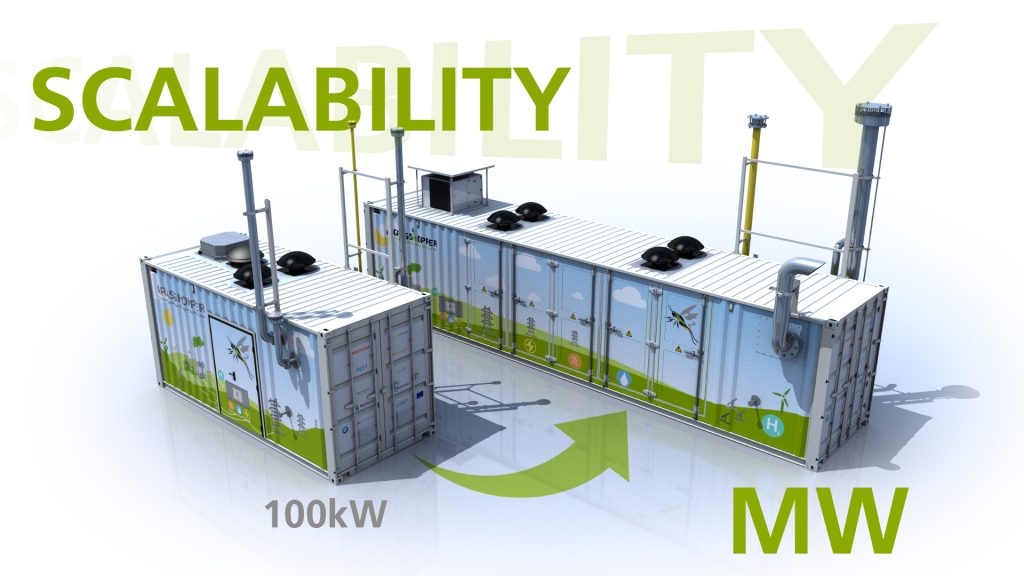
As the validation of the 100kW pilot plant finishes, We will carry out a MW scale design incorporating all the knowledge accumulated through testing. Even though the distribution of equipment inside may differ, the overall design doesn’t change much. In fact, the pilot plant has been designed for scalability. More power means increasing the number of stacks installed in the container. But since all stacks share the same design, it is a simple “copy-and-paste” process. Adding additional racks and gas distribution manifolds. Not all equipment scale at the same rate, therefore, space can be optimized with larger designs.
Modularity
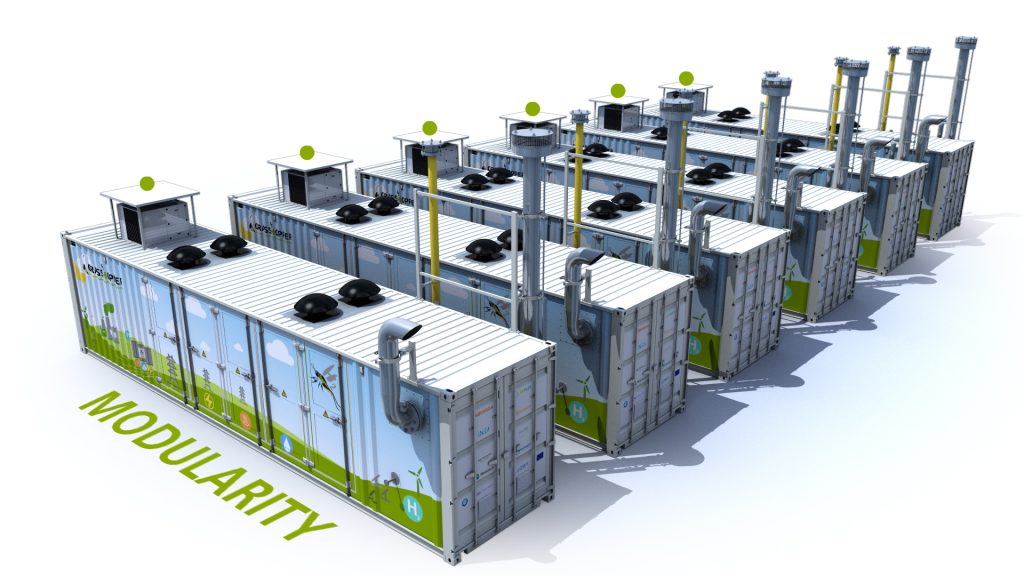
In a similar fashion, when the MW design is optimized and containerized, increasing the power of the plant is as easy as using multiple containers. Modular systems can be built, shipped, and installed quickly. This is ideal for the current increasing demand for Zero Emissions power systems. With an adequate sizing of the Hydrogen supply line and grid connection, multiplying the power is as easy as installing another container next to the previous ones. Adding a higher layer of control, adequate interaction between each unit can be achieved for maximum performance and efficiency, or maximize the lifetime of PEM stacks.
Easy transportation and Plug&Play
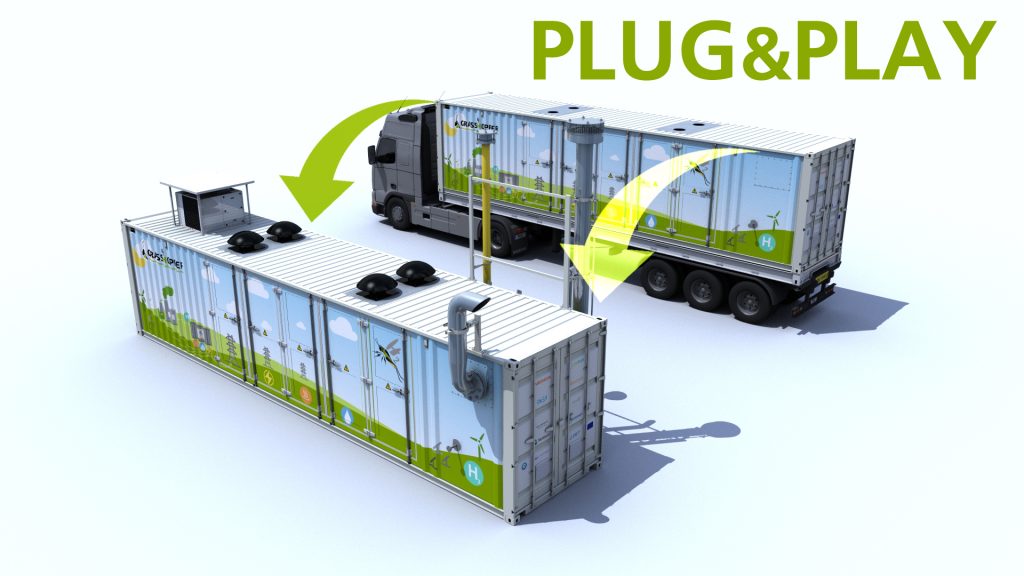
Probably the most noticeable benefit of having the plant inside a standard container is easy transportation and its quick installation. And this provides important flexibility. Containerized Hydrogen Fuel Cell Power Plants can be used in remote locations such as islands, mines, temporary buildings, encampments… Even as emergency generation units for many different applications such as data centers or hospitals. Providing a Zero emission alternative power source for such special needs. More and more of these plants are being installed in hard-to-reach places, or where the regular delivery of fuel has become prohibitive.
Not only that, but with a containerized solution, installation greatly simplifies. Forget about complex site preparations or connecting multiple units of different suppliers. Just drop the plant where you need it, connect the media and electrical interfaces and you are good to go. The electrical system, control architecture, and process, everything is packed inside. Since the container walls include these connections, no work, or minimal work, is needed inside the plant.
Transformation

Last month, we finished the refurbishment of a standard shipping container to accommodate our needs. In the pilot plant, we have divided the container into two hermetically sealed sections. One for the electrical compartment and one for the process compartment. Media connections transverse the wall of the containers and junction boxes on the outside minimize the work inside.
The next question that arises with these units is regarding maintenance. Having all the equipment packed inside a container greatly reduces the footprint as we mentioned before, but it also reduces the available space for maintenance. This flaw can be overcome by designing an “extractable” unit. In case of a major maintenance operation, all equipment is pulled out of the container with a simple procedure. Then maintenance takes place outside.
Read MoreExploring the market applications of Grasshopper
On the week from 20 to 24 of May took place the last meeting of the consortium before beginning the construction of the 100kW pilot plant during this summer.
Read MoreGRASSHOPPER: Next generation of flexible and cost-effective MW-size Fuel Cell Power Plant
The GRASSHOPPER (GRid ASsiSting modular HydrOgen Pem PowER plant) project was officially kicked-off on the 9th and 10th January at the Akzo Nobel facilities located in Delfzijl, where the demonstration phase of the project will take place. All the consortium partners, the members of the Advisory Board and the Project and Financial officers from the Fuel Cells and Hydrogen Joint Undertaking attended the event. At the kick-off the next steps for the first period were discussed, as well as the final demonstration.
INEA will coordinate the Grasshopper project, 36 months in length and a total budget of 4.4 M€, creating the next generation fuel cell power plants and demonstrating the flexible operation for grid support. The power plant uses green hydrogen and converts this into electricity and heat without emissions. With the variations in demand and consumption of energy from renewable sources such as sun and wind, a stable energy supply will rely more and more on flexible operation power plants.
The consortium consists, apart from INEA-Informatizacija Energetika Avtomatizacija, of Abengoa Innovación, S.A., Johnson Matthey Fuel Cells Limited (JMFC), Nedstack fuel cell technology B.V., Politecnico di Milano (Polimi) and Zentrum für Brennstoffzellen Technik Gmbh (ZBT).
The Advisory Board, consisting of members from Akzo Nobel Industrial Chemicals B.V, Tennet TSO B.V, SWW Wunsiedel and members of GOFLEX consortium, will be consulted during the project phase.
The innovative MEAs (membrane electrode assembly), stacks and fuel cell system will be developed through modelling, experiments and industrial experience by JMFC, ZBT and Nedstack. Abengoa Innovación will lead the design, construction and testing of a pilot plant. Polimi will provide support in the decision-making process through modelling activities and optimization. Implementation of the smart grid functionality into the FCPP control and grid integration will be done by INEA.
The demonstration unit will be installed in Delfzijl, where Akzo Nobel and Nedstack have been testing the fuel cell technology, connecting to the hydrogen by-product stream of the modern chlorine production facility.
This project has received funding from the Fuel Cells and Hydrogen 2 Joint Undertaking under grant agreement No 779430. This Joint Undertaking receives support from the European Union’s Horizon 2020 research and innovation programme, Hydrogen Europe and Hydrogen Europe research.
For more information, you can visit http://www.fch.europa.eu/project/grid-assisting-modular-hydrogen-pem-power-plant

